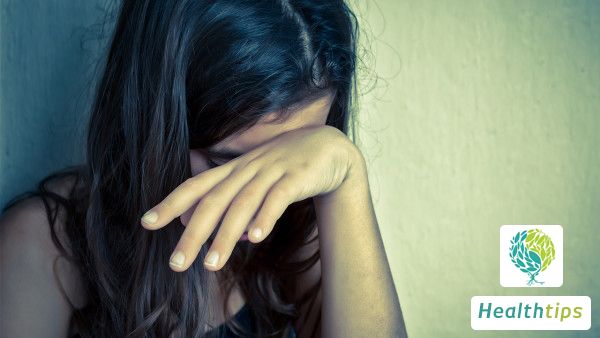Uremia is a syndrome composed of a series of clinical manifestations that occur after chronic kidney disease enters the terminal stage. The main symptoms of uremia include edema, chest tightness, shortness of breath, hypertension, nausea and vomiting, abdominal distension, diarrhea, anemia, etc. Here are the details:

1. Edema: Due to kidney damage, the body cannot eliminate excess water, leading to water-sodium retention and causing edema. Additionally, the kidneys are the main organ for water excretion in the body. After kidney damage, urine output decreases, which aggravates water-sodium retention, another main cause of edema.
2. Chest tightness and shortness of breath: In uremia patients, poor excretion of metabolic products such as urea nitrogen and creatinine leads to increased blood pressure, causing symptoms of chest tightness and shortness of breath.
3. Hypertension: Long-term hypertension may damage the blood vessel walls, stimulate increased renin secretion, and cause renal hypertension. Additionally, hypertension is a common factor that causes cardiovascular diseases in uremia patients.
4. Nausea and vomiting: Uremia may cause erosion and bleeding of the gastrointestinal mucosa, leading to symptoms such as nausea and vomiting.
5. Abdominal distension: Electrolyte imbalance, acid-base imbalance, and other factors in uremia patients may slow down gastrointestinal motility, causing abdominal distension.
6. Anemia: Uremia patients experience severe anemia due to reduced erythropoietin production and excessive red blood cell destruction. Additionally, the accumulation of metabolic products such as urea nitrogen and creatinine in the body aggravates renal anemia.
7. Other symptoms: Uremia patients may also experience loss of appetite, dizziness, insomnia, and fatigue in the limbs. It is recommended that uremia patients actively seek treatment to prevent other complications. They should also select an appropriate treatment plan based on their individual conditions under the guidance of a doctor to avoid delaying the condition. Daily diet should be carefully managed, with strict limits on salt intake, a low-salt, low-fat diet, and appropriate exercise and rest according to personal conditions.

